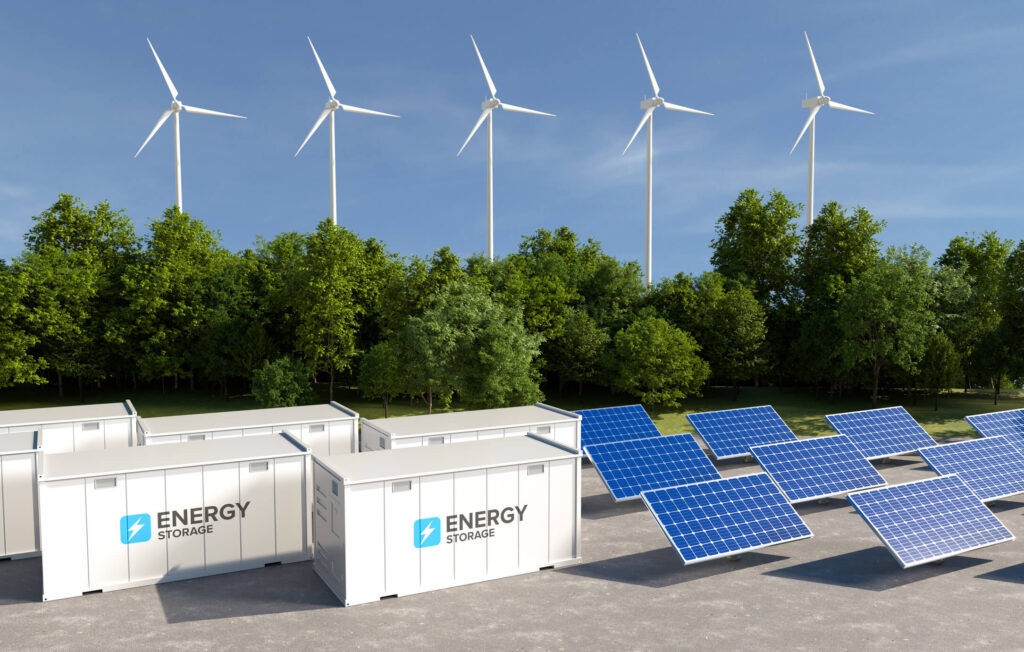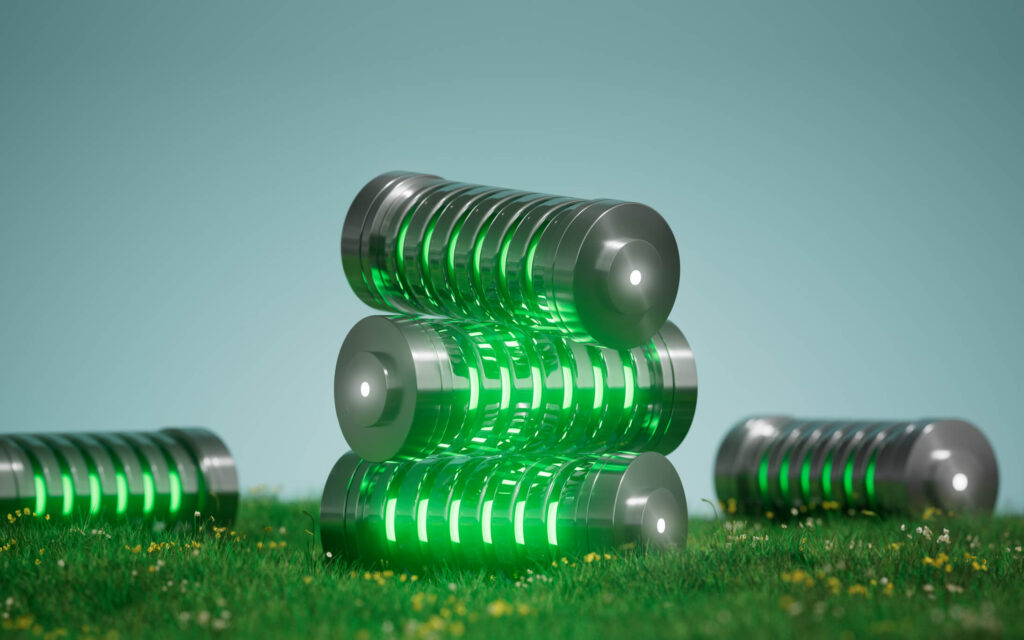Currently, a lot of businesses are striving to reduce their carbon footprint and minimise their energy usage. With the world’s targets to reduce greenhouse gas emissions and move to a sustainable energy system, it is important to understand what is driving this change and how it will affect future business and consumers.
As the demand for electric vehicles and smarter power grids rises, the quick development of renewable energy sources like solar and wind is straining the capabilities of energy storage technologies. Developing innovative techniques that can store energy more efficiently, sustainably, and economically is necessary to meet these demands, which go beyond conventional battery systems.
Energy Storage Trends

Energy storage has seen amazing breakthroughs in recent years thanks to advanced research and development. These technologies are changing the scene, from innovations in battery chemistry to gravity-based systems and AI-driven energy management. They are not only assisting in the stabilisation of energy networks and the reduction of dependency on fossil fuels, but they are also allowing industry to fulfil the increasing demand for energy while reducing their environmental impact.
According to Statista, the market for energy storage systems is expected to expand at a compound annual growth rate of about 9% between 2024 and 2031.
1. Lithium-Ion Battery Enhancement
With increases in energy density, longevity, and safety, lithium-ion batteries remain at the forefront of energy storage developments. Batteries are becoming lighter, safer, and more durable thanks to innovations like solid-state electrolytes and high-energy density materials (like silicon anodes). These developments, which enable longer use and quicker charging, have a particularly significant impact on consumer electronics and electric vehicles (EVs).
The market for traction batteries is expected to expand at a compound annual growth rate of 22.3% between 2022 and 2030, according to S&P Global. The other two main uses of lithium-ion batteries are energy storage and portable devices, however by 2030, 93% of the market will be in the automotive and transportation sector.
2. Alternative Battery Chemistries
In order to overcome the limits of lithium-ion batteries, other chemistries including sodium-ion and zinc-air batteries are providing more affordable, environmentally friendly alternatives. For example, zinc-air batteries offer long-lasting, high-energy backup power solutions, whereas sodium-ion batteries are designed for large-scale, stationary storage applications and are less dependent on rare minerals.
3. Green Hydrogen and Fuel Cells
Green hydrogen is a clean storage option that may be turned back into electricity when needed. It is created through electrolysis driven by renewable resources. Fuel cells help businesses where direct electrification is difficult by using this hydrogen to power applications in heavy industries, transportation, and backup power.
Watch the video below by Schneider Electric to find how hydrogen helps decarbonise the energy system and their digital solutions for value chain with renewables to produce green hydrogen.
4. Thermal Energy Storage
Thermal energy, which can be produced by burning fuels or the sun, is commonly used for power storage and heating. Heat can be stored in thermal storage using substances like phase-change compounds or molten salts, which can then be used immediately for heating or transformed into electricity. This technology offers a dependable, affordable way to support renewable energy continuously, making it particularly helpful in solar power plants and industrial processes.
Another type is the geothermal energy which is particularly defined as heat that is extracted from the Earth through wells and used for direct heating or power generation. The Earth’s intrinsic heat is the only source of geothermal energy, although thermal energy can originate from a variety of sources.
5. Advanced Capacitors and Supercapacitors
Supercapacitors are ideal for grid balancing and electric car applications that require quick charging and discharging. They are frequently used in hybrid systems in conjunction with batteries to provide short power spikes, improving stability and energy efficiency across a range of applications.
6. Smart Grid and Management Innovations
By anticipating demand and balancing loads, smart grids that integrate AI and IoT maximise energy distribution and storage. By improving energy networks’ resilience and efficiency, this technology makes power distribution more intelligent and responsive to demands in real time.
“All three of the major sectors that need to be decarbonized – buildings, transport, and industry – will increase grid demand, since only a fraction of energy need can be covered through on-site generation.”
Siemens, Accelerating the electrification of everything
7. Sustainability and Recycling in Energy Storage

Reducing the environmental impact of energy storage requires improvements in recycling and sustainable materials. Waste is being reduced and a circular economy is being promoted by new techniques for recovering valuable elements from batteries and designing products with recyclability in mind.
8. AI-Optimised Energy Management Systems (EMS)
Real-time data is used by AI-driven energy management systems to optimise and regulate energy use, improving grid stability, lowering operating costs, and guaranteeing the effective use of renewable resources—all of which are especially beneficial in large-scale industrial and grid applications.
“One of the most common uses for AI by the energy sector has been to improve predictions of supply and demand.”
IEA (The International Energy Agency), Why AI and energy are the new power couple
9. Gravity-Based Energy Storage
Gravity-based storage is an inexpensive, long-lasting solution that works well for grid-scale applications. It stores and releases energy by raising and lowering heavy weights. In areas where the conditions required for other storage technologies are not present, this technology is especially beneficial.
10. Second-Life Batteries
Reusing used EV batteries for stationary storage provides a cost-effective and environmentally friendly energy option. By prolonging battery life, lowering waste, and supplying backup power to households and businesses, second-life batteries promote renewable energy.
Conclusion
The latest developments in energy storage are revolutionising the way we produce, store, and utilise power in a variety of sectors and in our day-to-day activities. These innovations—which range from AI-driven systems and sustainable materials to next-generation batteries and green hydrogen—are essential for creating a cleaner, more resilient energy future. These storage systems will be crucial in lowering carbon footprints, stabilising power grids, and promoting a sustainable global economy as the demand for dependable and renewable energy sources rises. By adopting these technologies, we get one step closer to a future where energy is affordable and sustainable, enabling advancement for future generations.










